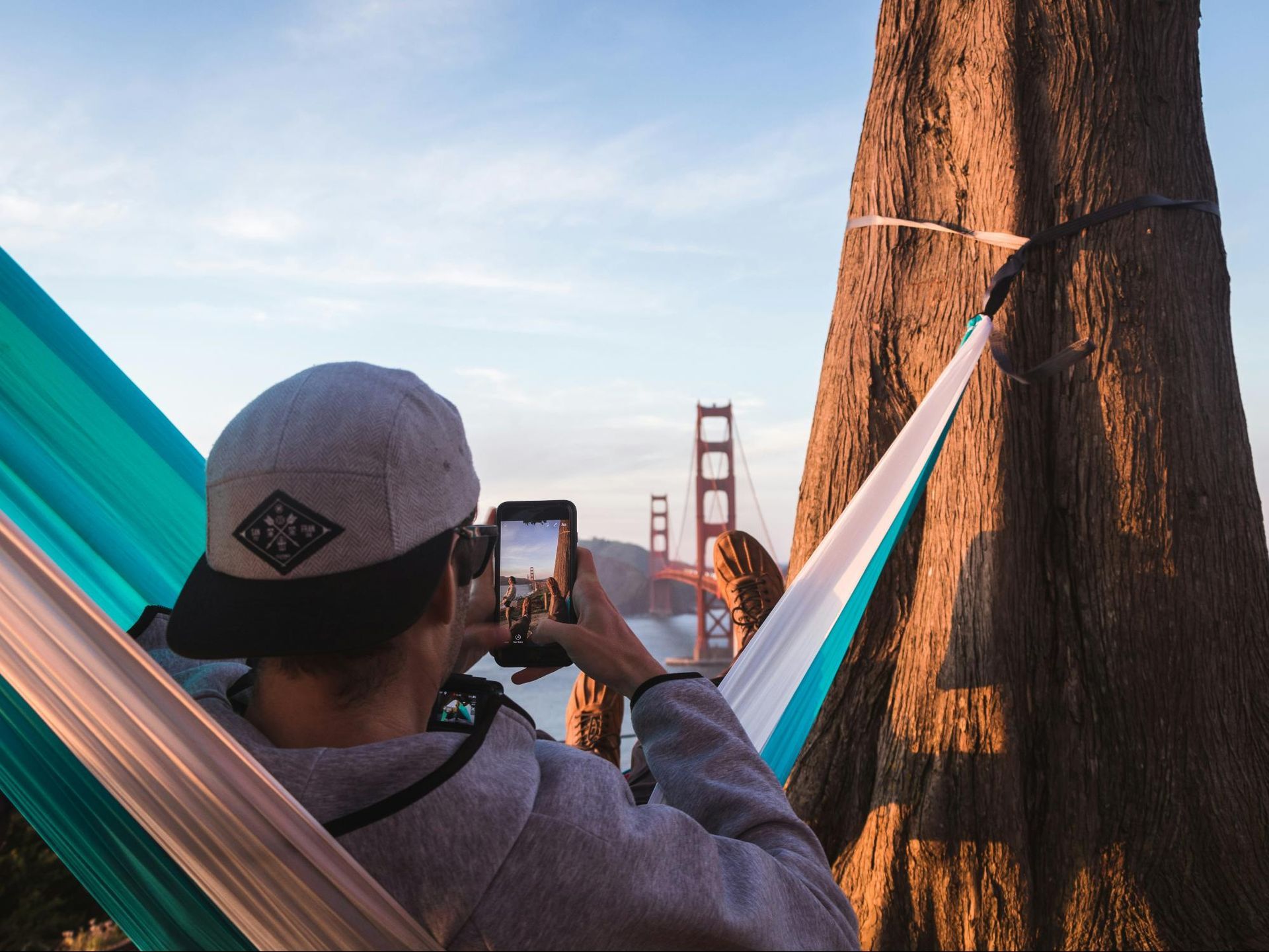Capturing Your Writing Retreat: The Ultimate Guide
Writing retreats offer a unique opportunity for exploration, learning, and personal growth. Authors immerse themselves in language, culture, and creativity, free from everyday life and advertising distractions. These experiences can be transformative, providing invaluable insights and memories. This article will explore how to document your writing retreat journey effectively.
Keep reading to discover practical tips for capturing and preserving the essence of your retreat experience.
KEY TAKEAWAYS
- Writing retreats provide a dedicated environment for authors to nurture creativity and achieve literary goals.
- Journaling and visual documentation techniques help writers capture insights and preserve retreat experiences.
- Sharing retreat experiences through blogs and social media can inspire others and foster community.
- Creating a multimedia diary enhances the retreat experience and is a valuable resource for future reflection.
- Setting post-retreat goals and maintaining connections with fellow writers helps sustain creative momentum.

Setting the Scene for Your Writing Retreat Experience
As writers embark on their writing retreat journey, they must craft an environment that nurtures creativity and achieves literary goals. Choosing an inspiring location, preparing mentally, and gathering the right tools is crucial. The setting should spark imagination and fuel creativity, whether a secluded cabin or a city apartment. Essential gear, like a reliable laptop or notebook, helps capture ideas. By creating an ideal writing retreat experience, authors can unlock their potential and produce their best work, perhaps even completing a manuscript to share with readers upon their return.
Choosing the Perfect Location for Inspiration
Selecting the right location for a writing retreat sparks creativity and fuels motivation for aspiring authors. The setting should align with the writer's goals, whether working on creative nonfiction or fiction projects. The perfect location provides a balance of stimulation and tranquility, allowing ideas to flow freely. Inspiration can be found in diverse settings, such as the rolling hills of the countryside, historic streets, or serene beaches. The key is to choose a place that resonates with the writer's vision and encourages productivity.
Preparing Your Mind and Workspace for Creativity
Preparing the mind and workspace for creativity involves stimulating the imagination and understanding the writing process. To fuel their projects, writers can draw inspiration from culturally rich environments, such as Tuscany's rolling hills and historic towns. Creating an ideal workspace enhances focus and idea generation. The space should support creative flow, whether it's a cozy nook or a terrace with vineyard views. A well-organized, distraction-free workspace allows full engagement with stories and characters. Elements include comfortable seating for long sessions, natural light for mood enhancement, inspiring views to stimulate imagination, and writing tools for idea capture.
Essential Gear for Documenting Your Journey
Writers on a retreat should pack essential gear to document their journey. A reliable camera captures inspiring images of rugged landscapes, while a sturdy notebook and pen allow for quick jotting of prose. A gratitude journal helps maintain a positive mindset. Digital tools like a lightweight laptop or tablet enhance the documentation process, and a voice recorder preserves fleeting ideas during nature walks or moments of inspiration. These tools work together to create a comprehensive record of the retreat experience, capturing visual inspiration, quick notes, organized drafts, and spoken thoughts.
Capturing Visual Memories Alongside Your Words
Capturing visual memories alongside written words enriches the writing retreat experience, allowing authors to weave a tapestry of fiction and truth through art. Whether battling anxiety or seeking inspiration, writers can use various visual techniques to document their journey and create a lasting record of their creative space.
From photography to sketching, these methods offer unique ways to tell a visual story, complementing the written narrative and providing fresh perspectives on the retreat environment. By embracing these visual documentation techniques, writers can unlock new dimensions of creativity and preserve the essence of their retreat experience for future reflection and inspiration.
Photography Tips for Writers to Tell a Visual Story
Writers can enhance their retreat documentation by learning basic photography skills to capture visual stories. The Lambda Literary Foundation recommends using smartphone cameras and editing apps to create vibrant images that complement written narratives. Experimenting with composition, lighting, and color adds emotion and depth to visual stories. Writers can create a powerful visual record by focusing on details that evoke the retreat experience, enriching their creative process.
Creating a Photo Essay of Your Retreat Environment
Creating a photo essay of the retreat environment allows writers to weave a visual narrative that complements their writing. This technique captures the essence of the surroundings, evoking emotion and providing a mental backdrop for the creative process. Documenting the retreat through photographs creates a vivid record of the journey. These visual memoirs serve as powerful triggers for memory and inspiration, enhancing the overall writing experience and fostering a deeper connection to the retreat environment.
Using Sketches and Visual Journaling for Non-Photographers
Writers can use sketches and visual journaling to document their retreat experiences, capturing the essence of their surroundings and adding a personal touch to their storytelling. This method helps writers observe their environment closely and inspire new ideas. Visual journaling combines words and images to create a rich tapestry of memories and insights. It fosters a deeper connection to the writing process and is a valuable resource for future inspiration, capturing fleeting moments, documenting atmosphere, and visualizing story connections.

Creating a Multimedia Diary of Your Retreat
Creating a multimedia diary transforms a writing retreat into a theatrical production of personal growth and artistic development. By blending text, images, and audio, authors craft a rich narrative that captures the essence of their journey, fostering gratitude for the experience and boosting overall happiness. This comprehensive approach to documentation helps writers manage their creative process and enhances productivity by providing a multi-sensory record for future reflection. With the right tools and apps, authors can seamlessly archive their retreat experiences, creating a valuable resource that inspires long after the retreat has ended.
Combining Text, Images, and Audio for a Rich Narrative
Creating a multimedia diary adds drama to the writing retreat experience. It combines text, images, and audio to craft a rich narrative. Authors working on a novel or romance can weave together various elements to capture the essence of their journey, incorporating statistics on their daily word count alongside vivid descriptions and atmospheric sounds.
This multimedia approach allows writers to document their creative process in a more immersive way, preserving the multifaceted nature of their retreat experience. By blending different media types, authors create a comprehensive record that stimulates multiple senses, enhancing their ability to relive and draw inspiration from their retreat long after it has ended.
Tools and Apps to Enhance Your Documentation Process
Writers embarking on retreats in South America can relieve creative pressure by utilizing tools and apps designed to enhance their documentation process. These digital aids stimulate creativity and free the mind to focus on writing, allowing authors to capture their experiences effortlessly.
From voice recording apps that preserve fleeting ideas to photo-editing software that brings visual memories to life, these tools help writers create a comprehensive record of their journey. By integrating these technologies into their documentation routine, authors can alleviate the mental strain of constantly jotting down notes, fostering a more immersive and productive retreat experience.
Archiving Your Journey for Future Reflection
Archiving the writing retreat journey provides authors with a valuable resource for future reflection, helping to alleviate stress and reconnect with their creative purpose. By documenting their experiences, including meditation and personal growth moments, writers create a historical record of their behavior and progress during the retreat.
This archive is a powerful tool for self-discovery and inspiration long after the retreat ends. Authors can revisit their journey, gaining new insights and rekindling the creative spark that fueled their writing process. The archive may include:
- Daily reflections on writing progress
- Meditation and mindfulness practice logs
- Photos and sketches of inspiring locations
- Audio recordings of ambient sounds or personal thoughts
- Collected mementos and ephemera from the retreat
Conclusion
Documenting a writing retreat experience allows authors to preserve invaluable insights, creative breakthroughs, and personal growth moments. By capturing the journey through journaling, photography, and multimedia diaries, writers create a rich tapestry of memories that can inspire future work and foster continued creative development. Sharing these experiences thoughtfully can inspire fellow writers and build a supportive community while setting post-retreat goals, which helps maintain the momentum gained during the retreat. Ultimately, thorough documentation of a writing retreat transforms a temporary escape into a lasting source of inspiration and motivation, empowering authors to continue their literary pursuits with renewed vigor and purpose.














